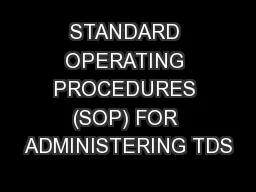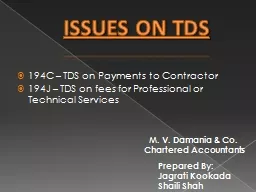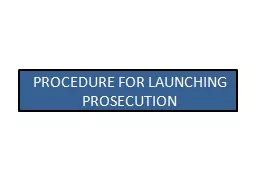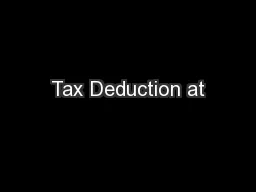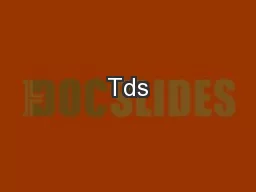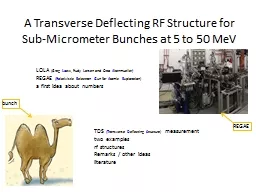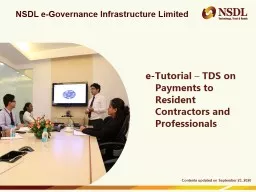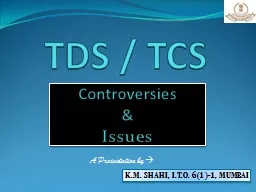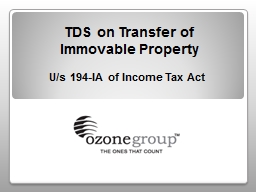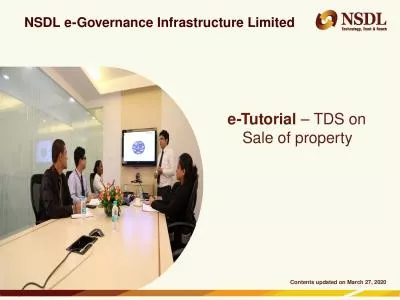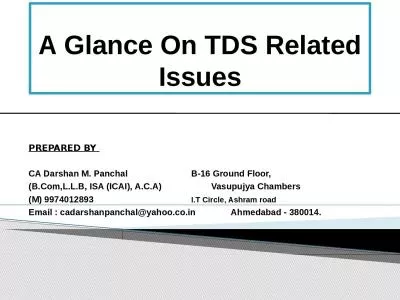PDF-STANDARD OPERATING PROCEDURES (SOP) FOR ADMINISTERING TDS
Author : giovanna-bartolotta | Published Date : 2016-08-17
1 INCORPORATING THE RE ENGINEERED PROCESSES DEVELOPED BY THE CPC TDS 1 TDS is a non obtrusive but powerful instrument to prevent tax evasion as well as to expand
Presentation Embed Code
Download Presentation
Download Presentation The PPT/PDF document "STANDARD OPERATING PROCEDURES (SOP) FOR ..." is the property of its rightful owner. Permission is granted to download and print the materials on this website for personal, non-commercial use only, and to display it on your personal computer provided you do not modify the materials and that you retain all copyright notices contained in the materials. By downloading content from our website, you accept the terms of this agreement.
STANDARD OPERATING PROCEDURES (SOP) FOR ADMINISTERING TDS: Transcript
Download Rules Of Document
"STANDARD OPERATING PROCEDURES (SOP) FOR ADMINISTERING TDS"The content belongs to its owner. You may download and print it for personal use, without modification, and keep all copyright notices. By downloading, you agree to these terms.
Related Documents

